When Washington State voters passed Initiative 502, legalizing Cannabis, on November 6, 2012 the Liquor Control Board was put in charge of developing rules, regulations and policies to support the implementation of this ground breaking law. This presented a unique challenge, as there is no regulatory, operational or practical precedence for the agency to follow for managing the licensing and enforcement for the production, processing and distribution of Cannabis. To get expert assistance the agency published RFP K430 to select a consultant(s) to assist them with the process of implementing I-502.
Challenge
The RFP timeline from publication to closing was only 30 business days. Nearly one hundred vendors submitted responses, and 52 of those were accepted as qualified applicants. A team of nine evaluators from agencies across the state was formed to review and score each bid. The large number of applicants and geographical separation of reviewers made this a more challenging situation than the typical RFP review process.
The evaluation team was given ten business days to complete scoring of the bids. If standard processes for evaluating and scoring bids had been used it would have required significantly more time, duplication of documents and hundreds of emails. Instead LCB Procurement and IT decided to take a “lean” approach to evaluating the responses. Continue


